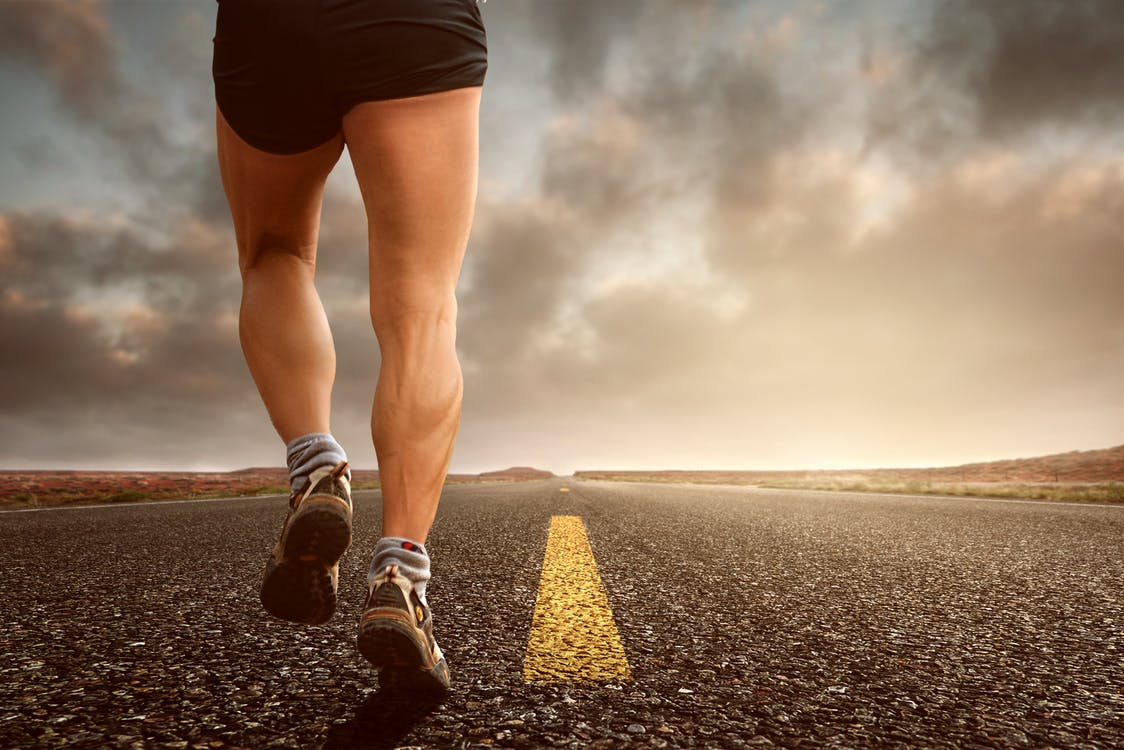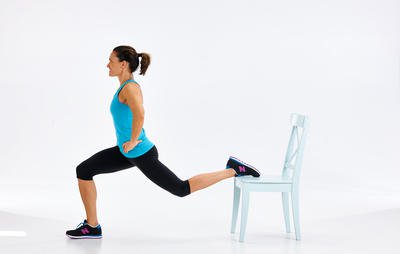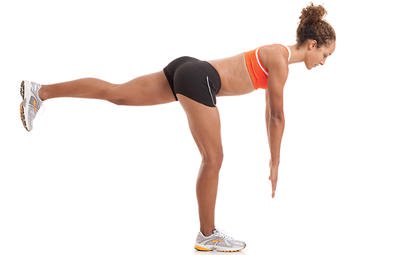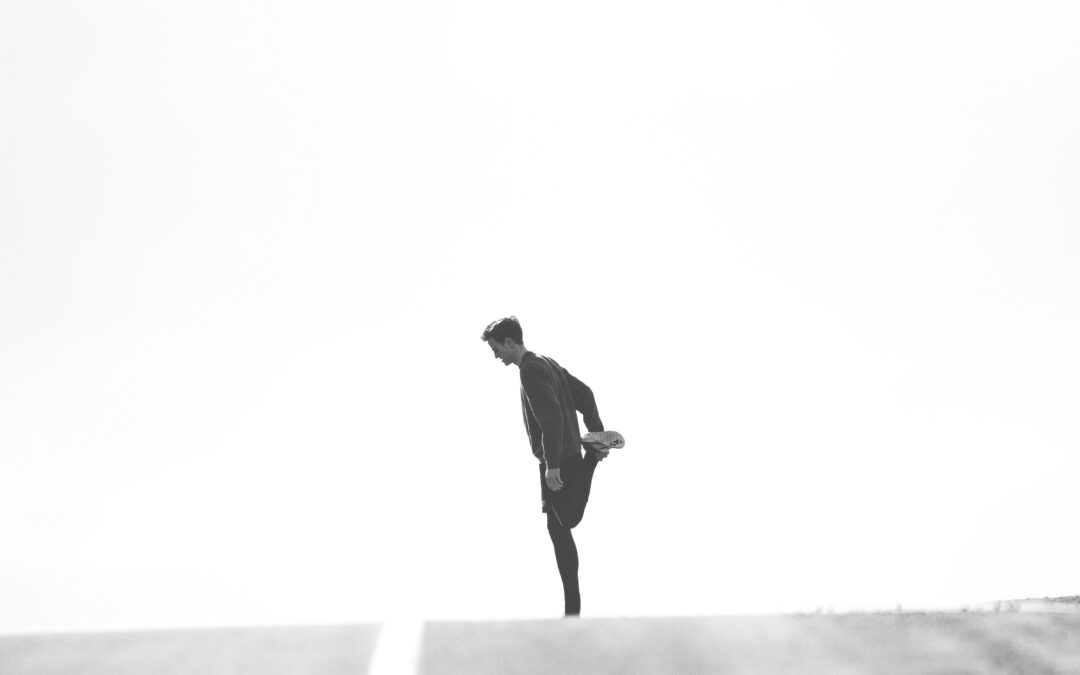When you think of a gym or home workout, what’s the first thing you think of? Many traditional strength and core training plans focus on exercises such as squats, sit-ups, and planks. At Optimal Movement we are strong advocates of single leg exercises for many reasons, which are discussed below.
In simplistic terms, when running, as with most sports, we constantly go from one leg to another. This is the main argument for training more effectively with one leg at a time, rather than both together.
Correcting Imbalances and Injury Prevention
We are cross lateral beings, meaning that we use the opposite arm and leg when moving. The way we use our upper body has a massive impact on the balance, control, and proprioception (the unconscious perception of movement and spatial orientation arising from stimuli within the body itself) of our lower body. For example; if you’re right handed the chances are that you’ll have better proprioception of your left lower body because the right arm and left leg are working together during the cycle. However, if your right side is dominant this often results in your right leg being stronger than your left.
Imbalances arising from the reasons mentioned above can increase if you continue using double leg exercises; the stronger side will compensates for the weaker side. This transfers over to your running, you become reliant on using one leg more than the other, making you less efficient and more prone to injuries.

Injury Rehabilitation
Injuries have a bigger effect on our bodies than you may realise. When we get injured and experience pain there is an automatic compensation response from the brain, to protect and allow us to keep moving. This is great in the short term (to prevent pain), but in the long term it leads to movement dysfunction and imbalances.
Here are some of the effects of this protective mechanism:
- Poor activation of the correct muscle groups during movement
- Reduced left to right co-ordination
- Slower reaction times
- Poor stability
- Reduced speed and strength
Take this scenario for example; you injured your left knee whilst training for a marathon but you can still run on it (but you probably shouldn’t be!) Just as it starts feeling better your right knee starts to really hurt. This has happened because you’re relying on your right leg too much along with other compensatory patterns which disturb your gait. This is why it’s so important to retrain movement patterns after injury – to help rebuild the motor patterns that were disrupted and damaged.
The Advantages of Single Leg Exercises
Single leg exercises can be use to improve your running efficiency, they also plays a crucial part in the recovery from injuries and can even prevent them. They improve your stability and strength by isolating the weaker side and getting the stabilising muscles in the hip and core firing correctly.
It’s always better to master the technique of single leg exercises first before adding any additional load. Below are two of our favourite single leg exercises to get you going.
Split Squat

This exercise is great for improving running form because it helps strengthen the stabilising muscles in the hip, especially your Gluteus Medius.
Things to focus on:
- Keep your body upright
- Only bend your knee to 90 degrees
- Keep your knee in alignment with your toes (not dropping in or out)
- Keep your knee above your ankle (preventing it from coming too far forward)
Single Leg Deadlift
This exercise recruits your posterior chain of muscles (hamstrings and glutes) and hip stabilisers, along with your core. If your posterior chain is strong you’ll be able to generate more speed and power when running.
Things to focus on:
- Using your core muscles to keep you stable
- Perform the exercise slowly and controlled
- Try to keep your stance leg straight (or slightly bent if required)
- Bend from your hip throughout the movement (not your knee)

